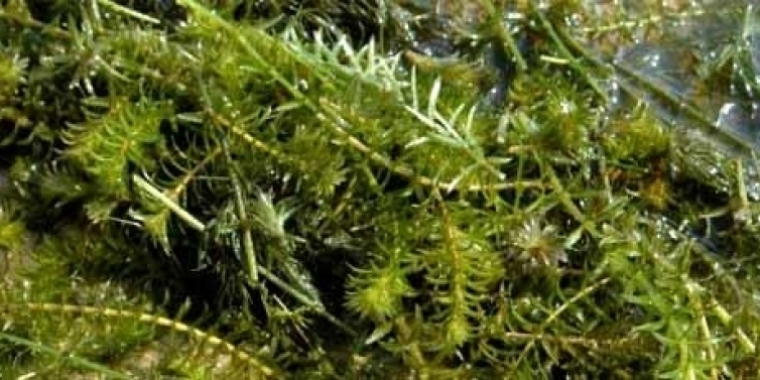
Regional projects to combat invasive species awarded state funding: O’Mara, colleagues have fought for increased state investment
July 8, 2017
-
ISSUE:
- invasive species

Elmira, N.Y., July 8—State Senator Tom O’Mara (R,C,I-Big Flats), Chair of the Senate Environmental Conservation Committee, today said that Cornell University and Yates County are among 35 municipalities, not-for-profits, and educational institutions regionally and statewide receiving assistance through the first round of funding under New York’s “Invasive Species Rapid Response and Control Grant Program.”
O’Mara said, "The uncontrolled spread of aquatic invasive species threatens to devastate regional tourism economies and cost local communities hundreds of millions of dollars and thousands of jobs. We have appreciated the hard work of local leaders and concerned citizens throughout the Southern Tier and Finger Lakes regions, and statewide, to protect our waterways and secure their quality and economic potential for generations to come. Hopefully this stepped-up state assistance and investment, and other ongoing efforts, will continue to make a difference.”
Funding for the program comes from the state’s Environmental Protection Fund (EPF). O’Mara said the state is allocating $2 million in new grants to support projects targeting aquatic and terrestrial invasive species, including the following projects in his 58th Senate District:
> Cornell University, $68,723 for invasive species rapid response and control; and
>Yates County, $35,800 for mechanical harvesting of Starry Stonewort infestation in the Keuka Lake Outlet.
The state’s Invasive Species Rapid Response and Control Grant Program supports eligible projects with state grants ranging from $11,000 to $100,000. The 2016-17 state budget included $5 million in EPF assistance specifically for invasive species control including these grants, which O’Mara and his colleagues in the Senate Majority prioritized during last year’s budget negotiations.
New York State is home to more than 7,600 freshwater lakes, ponds and reservoirs, as wel as 70,000 miles of rivers, brooks and streams. Consequently, O’Mara said, the state is particularly at-risk to the introduction of aquatic invasive species.
Share this Article or Press Release
Newsroom
Go to Newsroom


